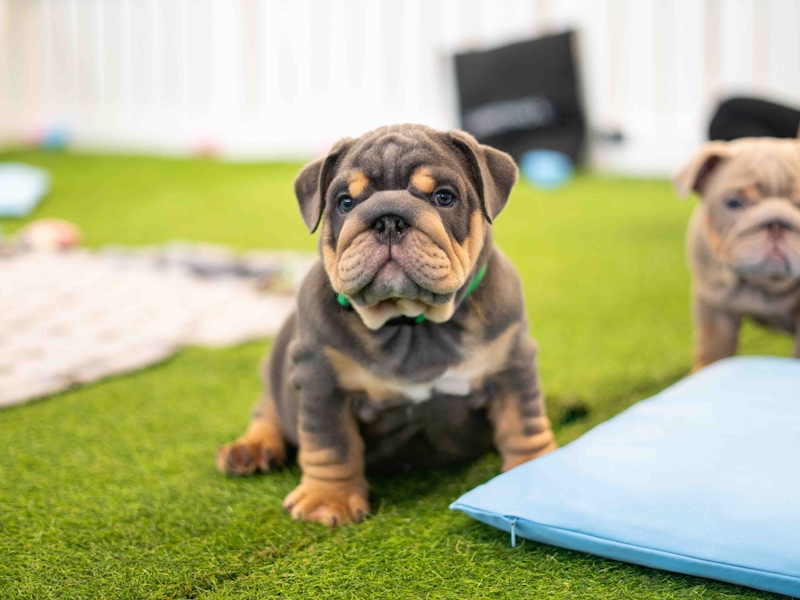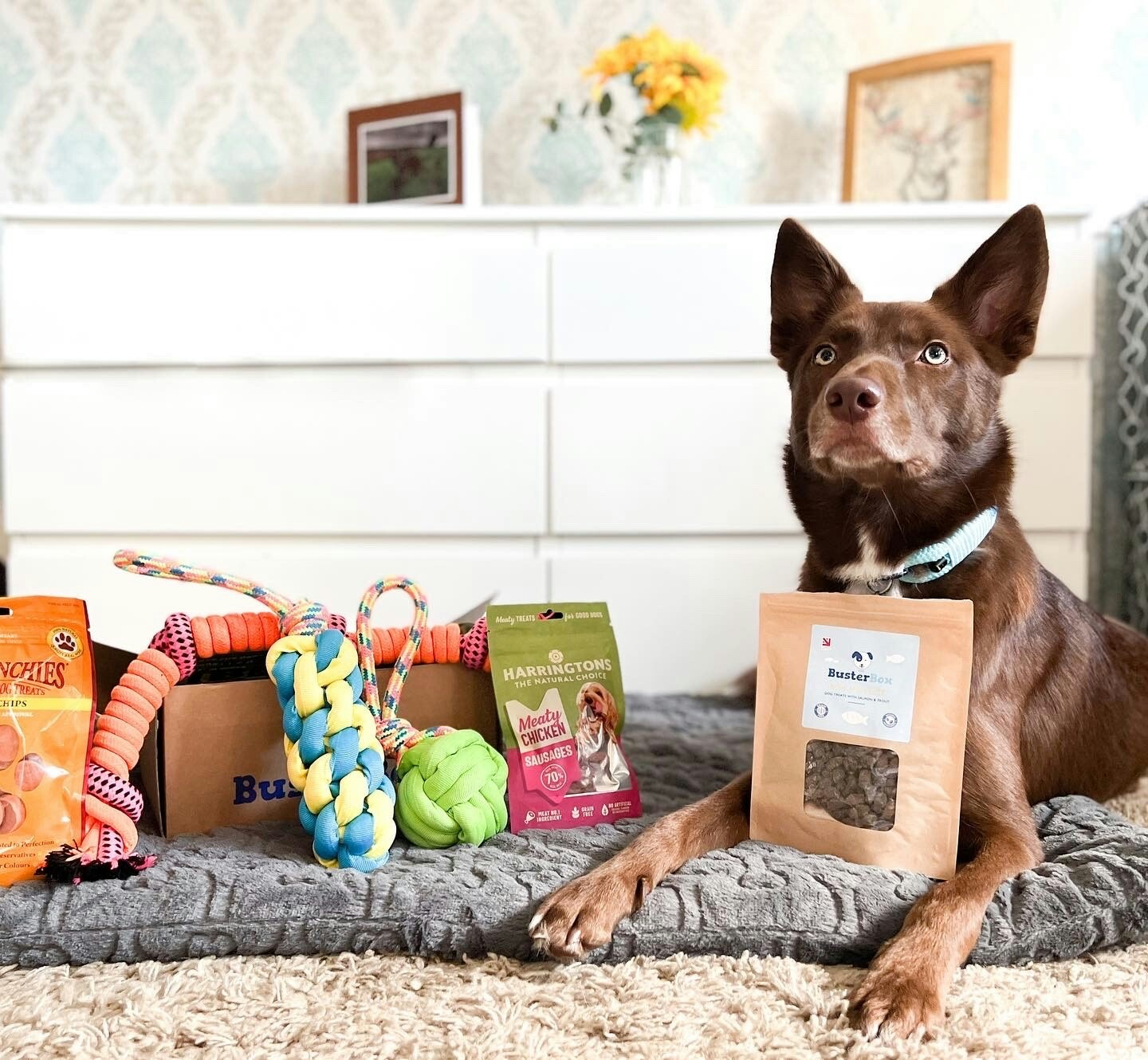Your guide to dealing with separation anxiety in dogs
Are you afraid to leave your dog home alone? Are they showing signs of extreme distress every time you leave the house? Are you greeted with a trail of destruction every time you return home?
Your dog may have separation anxiety.
What is seperation anxiety?
Separation anxiety is triggered when dogs become distressed due to being separated from their loved ones. It happens when a highly attached dog becomes extremely stressed when left alone. It can be seen as the dog equivalent of a panic attack.
It’s very important to note that the behaviour associated with separation anxiety is extreme. This is far more troublesome than low-level mischief, crying or whining. Separation anxiety results in wild, destructive behaviour that causes problems for both you and your pooch.
Dogs showcase stress in many ways. Listed below are a variety of symptoms that exhibit separation anxiety, however, it’s important to note that some of these behaviours may also be symptoms of other problems e.g.: lack of house training.
Usually, a dog will exhibit a number of these issues, particularly whenever its owner leaves. In that case, it bears the hallmarks of separation anxiety.
The signs of dog separation anxiety are:
Howling
Excessive barking
- Excessive drooling or salivation
Urinating everywhere
Defecating where they shouldn’t
Digging holes
Scratching at windows
Ripping furniture
Destruction of household items
Looking to escape
Remember, that these behaviours are born out of severe distress and desperation. A lack of house training can also mean that some of these issues arise. It’s up to you to know the difference between them. So, let’s take a look at why exactly separation anxiety occurs.
Why does separation anxiety occur in dogs?
Firstly, we need to understand why separation anxiety occurs so that we can come up with the right solution.
Separation anxiety occurs in dogs:
who have never previously been left alone
who have moved to a new house
who has experienced traumatic separation before e.g.: rescue dogs
when there’s a sudden absence of a family member
who has experienced a traumatic past event in the owner’s absence e.g: burglar
The answer can be any one of these or in some severe cases, a combination of a few.
The task for you is to notice the signs so that you can prevent it from getting worse and start treatment as soon as it’s detected.
How to treat it
It’s demoralising to come home to destruction, not to mention seeing your beloved dog in such distress.
So, what can be done?
Now that we know what separation anxiety is and why it occurs, we can take the next step toward treating it.
1. Consult your vet
Discuss the symptoms with your vet to rule out any medical issues. They may also be able to advise whether the behaviour is down to an external issue like a certain medication that can cause accidents or incomplete housetraining.
2. When the separation anxiety is mild
If the separation anxiety is mild, try the following:
Before you leave, give your puppy an extra special treat then take it away as soon as you return home.
Leave out some clothes that carry your scent.
Consider an over-the-counter calming supplement.
Keep your arrivals and departures lowkey. When you arrive home, ignore your pup for the first few minutes. This is to decrease the hysteria associated with comings and goings.
If the separation anxiety is more severe, consider the following.
3. Crate training
Crates are a safe, quiet place for your dog to relax.
To crate train your dog you need to create a positive association for crate time. You can do this by leaving toys and food-releasing puzzles for your dog to have fun with while they’re in the crate.
Practice this training together initially until your dog is happy to be in its crate.
The next step is to watch your puppy’s behaviour as you leave them alone in their crate.
If they’re safe and relaxed, you can head off with peace of mind, but if not, you’ll have to alter your approach.
4. Desensitization and counterconditioning
This approach involves forming a positive association with separation for your dog.
Start by leaving them alone for short periods and lengthening them gradually. If your dog begins to panic, counter this reaction by giving them their favourite treat.
Keep giving them the special treat before departure and you’ll begin to create a positive association for your pup.
Another angle is to ease the stress triggers.
For example: putting on your shoes or grabbing your keys may be the actions that ignite panic in your dog. So, the next time you perform one of these tasks, instead of leaving, why not sit down or do something which keeps you in the room longer? Do this repeatedly.
Then you can practice leaving for super short periods. Try 5 seconds behind a closed door, then reappear again. Then increase to 10 seconds before reappearing again. This helps to convince your dog that when you leave, you’re coming back again. (Remember this is a process that takes time so don’t rush it and always make sure your dog is relaxed).
As you build these periods up, treat your pup for waiting for long periods. Remember, to act calm when leaving and returning as well. This is training your dog to stop associating panic with the process.
5. Give them plenty of exercise
No matter your dog’s age profile, it’s crucial to make sure that you give them plenty of exercise.
A tired dog is a happy dog. You’ll be less likely to see antsy, destructive behaviour. Remember, when you do leave them, make sure they have games and puzzles to keep their mind and body occupied.
Separation anxiety is a tough habit to break but by remaining diligent you can make life a lot easier for both you and your pooch.
For tasty treats and fun toys that make the process easier, be sure to check out BusterBox. Every BusterBox comes bursting with unique toys, and healthy treats sourced from the UK & Ireland that are tailored to a new theme every month!
Come and join the pack where everyone’s tails are wagging!
*This post contains affiliate links, so we may earn a small commission when you make a purchase through links on our site at no additional cost to you.


Puppy Welfare at Paws in Work
Puppy welfare at Paws in Work is, and will always be, at the heart of the business. Every puppy that joins our socialisation programme or participates in our puppy therapy events comes from ethical, reputable breeder partners. Read our blog to find out more.

How much time do I need to book puppy therapy?
From the moment you make an enquiry to the day your staff enjoys some quality puppy time, the process is smooth and efficient. Here’s a guide to show you how it’s done and the time you can expect the process to take.

What is the appropriate amount of exercise for my puppy?
Exercise is among the crucial aspects to consider, alongside training, feeding, and grooming. Have you pondered the amount of exercise your puppy requires? Keep reading to discover more!
